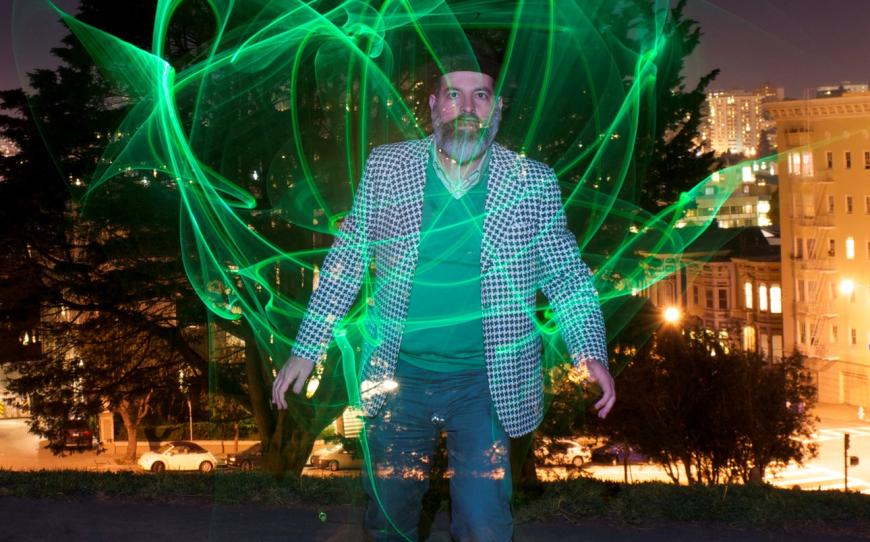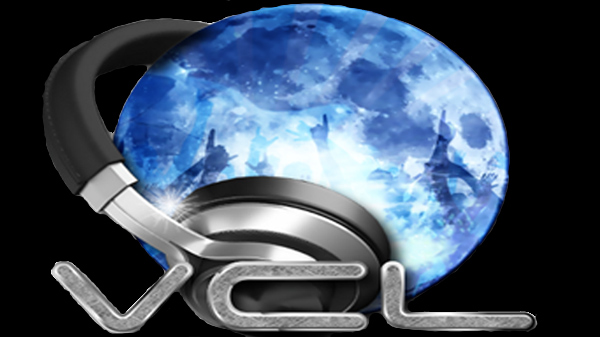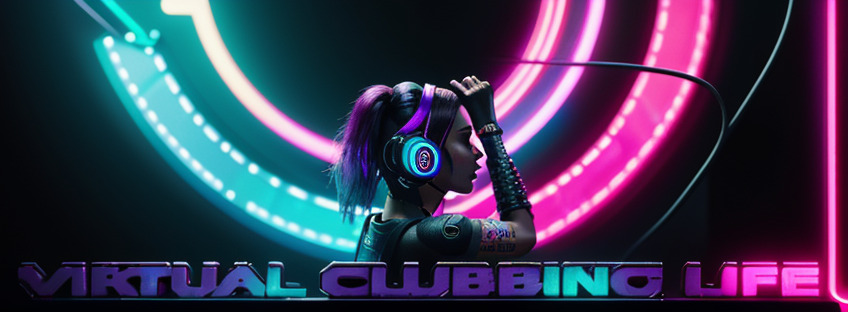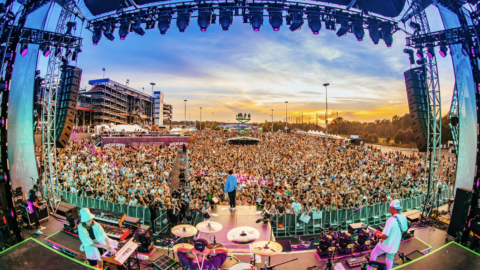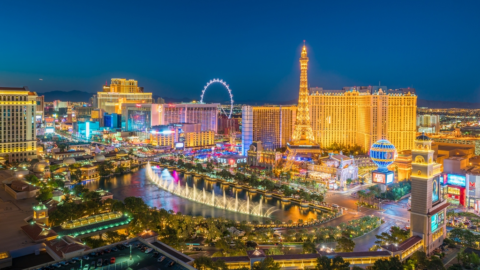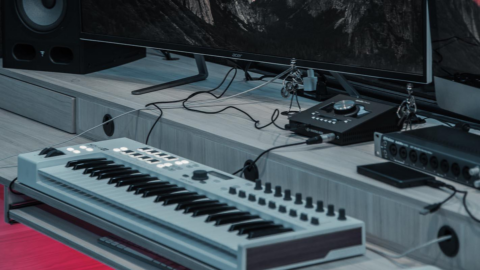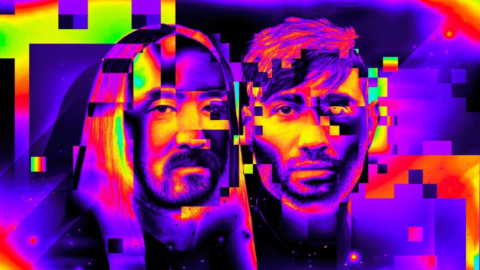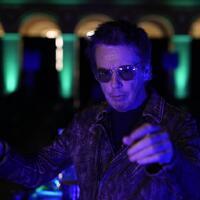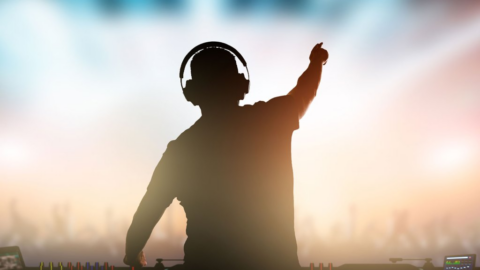“Nostalgia has a way of catching you by surprise,” muses Luciano Chessa during our interview in Cole Valley. As someone who’s constantly following his own work and making new homes on the regular, he would know. For the past two years, Chessa has been based in Berlin while spending extended periods of time in residencies on both sides of the Atlantic. He used to call the Bay Area home too, first completing his Ph.D. in musicology at UC Davis, then serving on the faculty of the San Francisco Conservatory of Music.
That is when he was invited to serve on the steering committee of the San Francisco Electronic Music Festival, a call that, in his own words, surprised him: “I couldn’t say I was a huge champion of electronic music, at the time. … I mean, maybe that’s not exactly right. I recognize its historical importance, I teach it, and I practice it, but it’s not always or necessarily my scene.” The festival, now in its 21st edition, attempts to cast a wide net among the practitioners of the classical-adjacent sector of this broad and exceedingly popular genre, recognizing pioneers and innovators alongside younger up-and-comers.
This year’s edition focused predominantly on local talent, with Chessa and sampling guru Carl Stone representing the two main traveling attractions (courtesy of the Italian Cultural Institute and Stone’s own touring schedule, respectively). On the festival’s opening night, Sept. 16, Oakland’s Michelle Moeller presented a dazzling sonification of the dancing patterns of small metal objects subjected to magnetic manipulations, and Dev Bhat’s shipwreck detective project conjured an ethereal, pillowy ambiance of looping synthesizer patterns.
For Chessa it was a homecoming of sorts, as he was the rare committee member who had yet to present his own work at the festival. “Last year some of the board members figured it out: ‘You’re on the board but have never performed. Enough!’” he chuckles.
The work he decided to present was itself imbued with a nostalgic element. Real Virtuality, a composition for piano, voice, small electronics, mechanical sound-makers, and four-channel spatial audio, is dedicated to the memory of Mario Bertoncini, an Italian composer and member of the Gruppo di Improvvisazione Nuova Consonanza, one of the earliest groups for live electronic music in the 1960s. Chessa had tried to bring Bertoncini to SFEMF nearly 10 years ago, but health issues had prevented the elder composer from making the trip in the end. Yet through the yearlong communication in preparation for presenting Bertoncini’s imposing electronic sound sculptures at the festival, Chessa had gotten to know the composer and his work on a much deeper level, developing an appreciation and fondness that resounded in the more personal and moving moments of his performance on Friday night.
Chessa’s relationship with electronics is both utilitarian and critical “We have all this technology, but we can also critique it. We don’t just have to absorb it and accept it.” His work gravitates toward consumer electronics and small objects, the sort of things one can always find at a convenience store, coupling availability and affordability with an unexpected kind of stage-readiness: “You push the button, and it comes on. That’s it.”
For Real Virtuality, these everyday objects included a selection of the composer’s father’s own hearing aids, placed inside wine glasses to create surprising feedback patterns and harmonies. Proving his DIY bona fides, Chessa installed a system of string-operated noisemakers (substituting simple eyelet screws for actual pulleys and keeping the cost of the entire installation well under $100), which fanned outward from the centrally located piano to the four corners of The Lab’s performance space. Rattles, shakers, and thunder spring drums could then be operated at a distance, and with great visual flair.
Chessa’s choices highlighted two recurrent preoccupations of electronic musicians. First, the harnessing of “noise” as a compositional resource — a tradition dating back to Italian Futurist Luigi Russolo and his orchestra of mechanical noisemakers (unsurprisingly, Chessa has literally written the book on Russolo and recreated many of his long-lost instruments for performances around the world. And second, the fascination with sound transmission and diffusion in a space, which beguiled composers as different as Karlheinz Stockhausen, Maryanne Amacher, John Cage, and Bertoncini himself.
More typical electronic means were provided by a four-channel Meyer Sound spatial setup, which played back a prepared recording of the same noise sources, offering a kind of electronic simulacrum of the acoustic (real?) sound, superimposed over the same space. A phone synthesizer app, unceremoniously gaffer-taped to the piano’s music desk, contributed the familiar early electronic music tones of simple waveforms and filtered noise — the latter effectively transforming into the crashing of waves on a Sardinian beach to accompany Chessa’s recitation in Sassarese dialect.
And therein lies the true miracle of this music — under the art, artifice, and artifacts, there remains a pulsing human heartbeat, whose emergence does have a way of catching you by surprise.
Giacomo Fiore is an Italian-born guitarist and musicologist specializing in U.S. experimentalism and intonation. He teaches at USF and UCSC.
Sign up to our weekly newsletter to receive the latest articles every Tuesday
The likes of Terry Riley, Roscoe Mitchell, John Bischoff, and more will perform in a four-day festival celebrating the college’s final months.
The composer/performer has had a turbocharged 2019–2020, while being on the same roller coaster as the rest of us.
A diverse roster of artists melding human and electronic sounds highlights the 19th iteration of the festival.
View the discussion thread.
Receive the latest news in your inbox with a digest of all the latest events, reviews, and hot deals.
